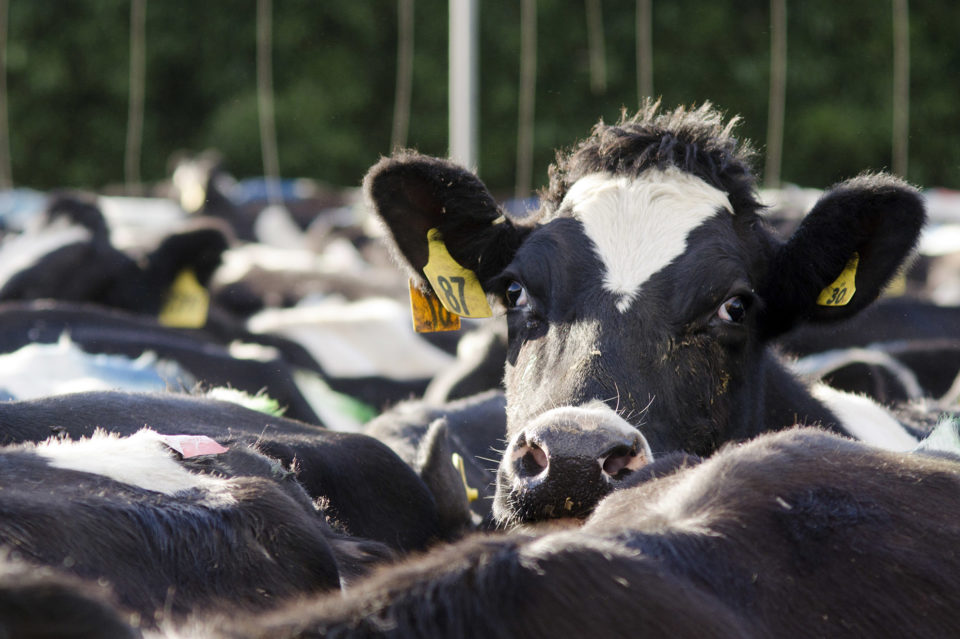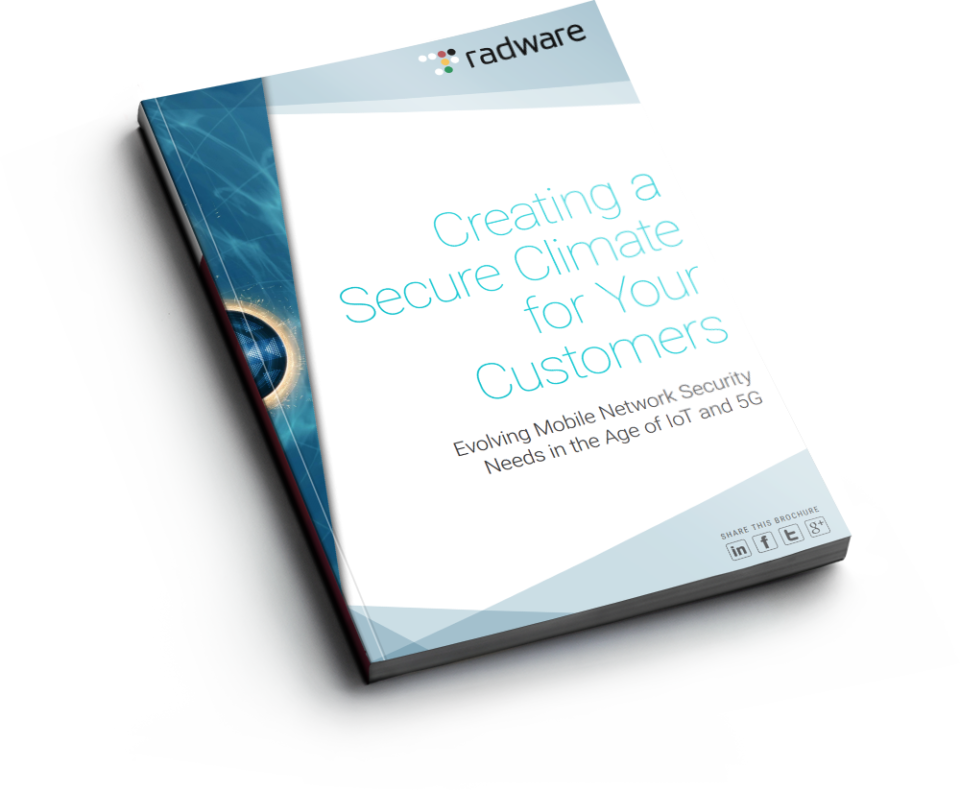Humans aren’t the only ones consumed with connected devices
these days. Cows have joined our ranks.
Believe it or not, farmers are increasingly relying on IoT
devices to keep their cattle connected. No, not so that they can moo-nitor (see
what I did there?) Instagram, but to improve efficiency and productivity. For
example, in the case of dairy farms, robots feed, milk and monitor cows’ health,
collecting data along the way that help farmers adjust techniques and processes
to increase milk production, and thereby profitability.

The implications are massive. As the Financial Times pointed
out, “Creating a system where a cow’s birth, life, produce and death are
not only controlled but entirely predictable could have a dramatic impact on
the efficiency of the dairy industry.”
From Dairy Farm to Data Center
So, how do connected cows factor into cybersecurity? By the
simple fact that the IoT devices tasked with milking, feeding and monitoring
them are turning dairy farms into data centers – which has major security
implications. Because let’s face it, farmers know cows, not cybersecurity.
Indeed, the data collected are stored in data centers and/or a cloud environment, which opens farmers up to potentially costly cyberattacks. Think about it: The average U.S. dairy farm is a $1 million operation, and the average cow produces $4,000 in revenue per year. That’s a lot at stake—roughly $19,000 per week, given the average dairy farm’s herd—if a farm is struck by a ransomware attack.
[You may also like: IoT Expands the Botnet Universe]
It would literally be better for an individual farm to pay a weekly $2,850 ransom to keep the IoT network up. And if hackers were sophisticated enough to launch an industry-wide attack, the dairy industry would be better off paying $46 million per week in ransom rather than lose revenue.
5G Cows
Admittedly, connected cows aren’t new; IoT devices have been
assisting farmers for several years now. And it’s a booming business. Per the
FT, “Investment in precision ‘agtech’ systems reached $3.2bn globally in
2016 (including $363m in farm management and sensor technology)…and is set to
grow further as dairy farms become a test bed for the wider IoT strategy of big
technology companies.”
[You may also like: Securing the Customer Experience for 5G and IoT]
But what is new is
the rollout of 5G networks, which promise faster speeds, low latency and
increased flexibility—seemingly ideal for managing IoT devices. But, as we’ve
previously discussed, with new benefits come new risks. As network
architectures evolve to support 5G, security vulnerabilities will abound if
cybersecurity isn’t prioritized and integrated into a 5G deployment from the
get-go.
In the new world of 5G, cyberattacks can become much more
potent, as a single hacker can easily multiply into an army through botnet
deployment. Indeed, 5G opens
the door to a complex world of interconnected devices that hackers will be
able to exploit via a single point of access in a cloud application to quickly
expand an attack radius to other connected devices and applications. Just
imagine the impact of a botnet deployment on the dairy industry.
[You may also like: IoT, 5G Networks and Cybersecurity: A New Atmosphere for Mobile Network Attacks]
I don’t know about you, but I like my milk and cheeses.
Here’s to hoping dairy farmers turn to the experts to properly manage their security
before the industry is hit with devastating cyberattacks.

Read “Creating a Secure Climate for your Customers” today.
Download Now